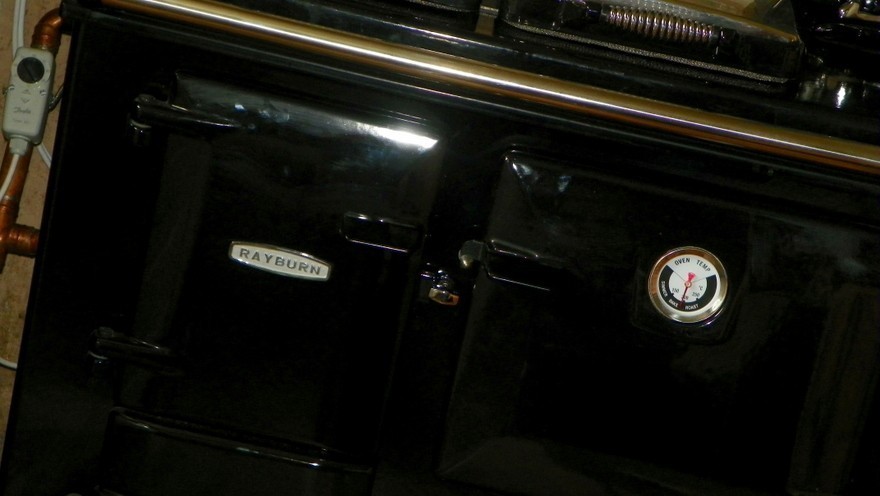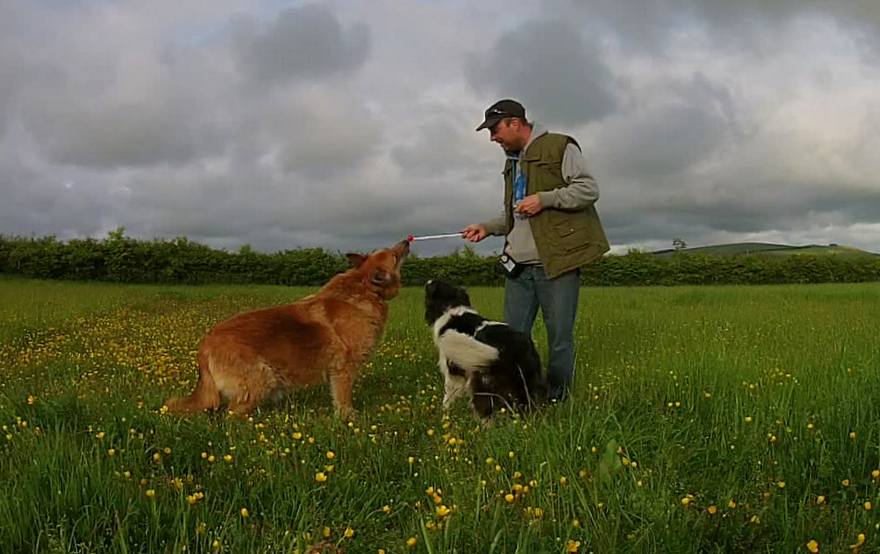
Teach your dog to target using a target stick or target wand. A fun training activity, but also a useful way to lead your dog without force.
Targeting or Touch Targeting is very simple – it is teaching your dog to touch something on command, such as your hand, a cup or maybe a ball, with either his nose (or paw).
How is it useful?

Fin is lured into a Down with the target stick
Targeting can be useful in a number of ways. For instance, sending your dog to his bed to ‘settle’, or training him to ring a bell to go outside are both forms of targeting where the bed and the bell are the targets.
Why use a target stick?
Almost anything can be used as a target, but the beauty of using a target stick is that you can move it around easily. They usually have a target ball on the end which can attract your dog’s attention, they are easily portable, and they can be used to encourage your dog to follow. Some even have an integrated clicker.
Once he is comfortable touching the target ball, this behaviour can easily be transferred to other objects. Floor standing target sticks are also ideal for distance work where your dog may need to work away from you (handy for dog agility/dog sports, but other situations too).
As soon as your dog is working with a target stick, it can be effective for leading his movement without force. With your dog happy following the target, you can use it for many things – like encouraging a ‘down’ (right), leading him through the weave poles in agility, doing a twirl around you, or pushing objects on cue
Getting Started
Make sure you have your clicker, a quantity of small but high value treats in a treat pouch, your target stick, somewhere quiet with no distractions, and a dog that is hungry!
Your dog should already be familiar with the clicker (although the steps can be adapted to non-clicker training methods if you prefer).
Step 1
Start by doing a few simple tricks that your dog already knows to get him to focus on you. Sits or downs perhaps, remembering to click and treat each time.
Once you have his attention, present the stick to your dog. Be ready – out of curiosity he is bound to sniff the stick, and as soon as he does, or shows any interest, (anywhere on the stick, not just the end with the ball) click and treat. Repeat the action and again click and treat each time he shows interest.
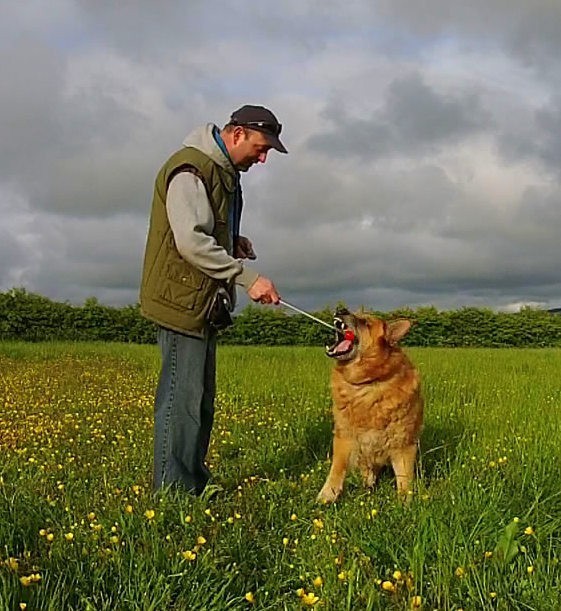
Try not to let your dog bite the target or stick
If your dog attempts to bite or grab the stick, try to discourage him without putting him off of the exercise.
Vary the stick’s position slightly in relation to your dog, and keep going until it is clear that he understands that if he sniffs or touches the stick (wherever it is) with his nose, he will receive the click and treat.
If your dog is really not interested, be patient and give him a chance to work out what you want him to do. In some cases it helps to smear something smelly and tasty onto the target ball to help get your dog started.
Train in short bursts so that he doesn’t lose interest, taking regular breaks to do other things. Only once your dog is touching the target stick 100% of the time, move on to the next step.
Step 2
So far you have said nothing when he touches, so now it’s time to add a verbal command, or ‘cue’. Present the stick and just as his nose is making contact, say the word you want to use, like ‘touch’. Don’t forget to click and treat. Do some repetitions and gradually introduce the word earlier and earlier until it is clear that the cue is making him act.
When your dog is 100% reliable, stop clicking for touches that are not done on command.
Step 3
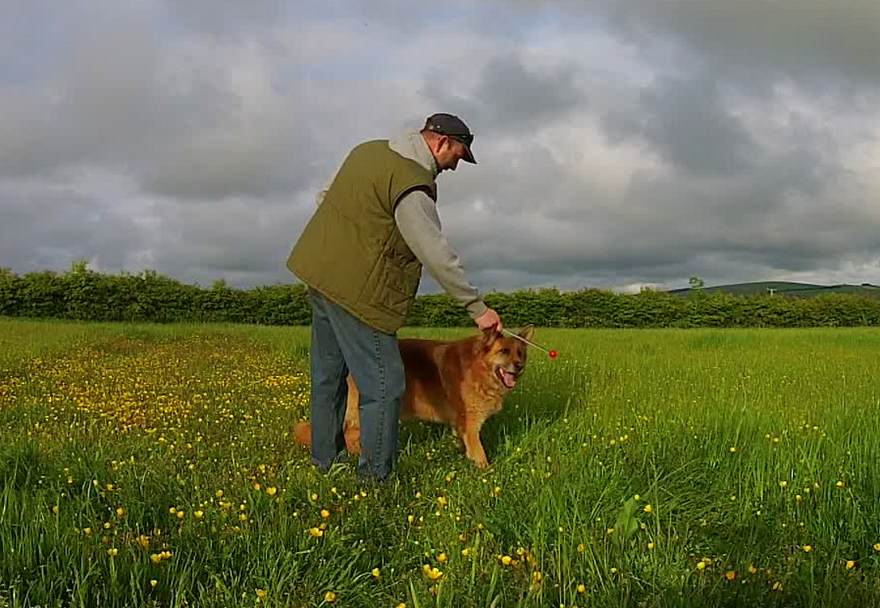
Vary the position of the target stick
At this point you can start to move the target stick’s position a little more, still using the ‘touch’ cue. Click and treat each time. Most target sticks are telescopic so you can extend and get your dog to work further away from you. You could also put the stick on the floor or on a piece of furniture.
Again make sure the behaviour is 100% solid before moving on.
Step 4
When your dog is reliably touching on command, you can start to shape the behaviour.
Your dog may only be touching the target ball already, but if not, it shouldn’t take too much encouragement to focus him on that rather than the whole stick. Just click and treat for nose touches on the ball itself, and nowhere else. He’ll soon get the message.
Then, try moving the stick a little as your dog approaches, so that he follows it. As your dog understands what is needed, vary the distance and speed of movement. Remember to click and treat the touch each time.
Before long, your dog should be touching the ball at the end of the stick on command wherever it is.
What next?
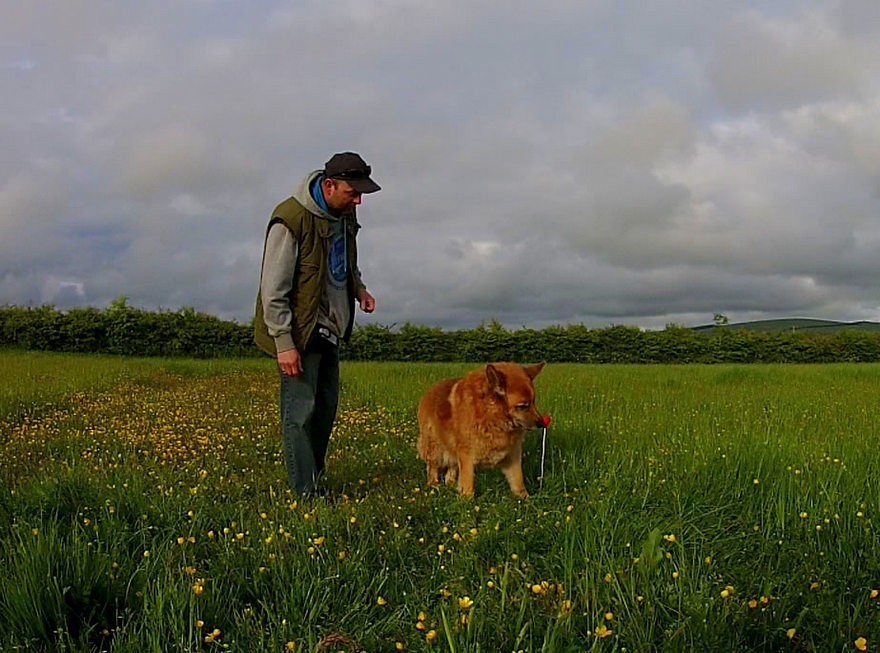
A floor standing target can encourage your dog to work away from you
If you have a free standing target stick you can begin to ask your dog to work away from you. Start with the target close at first and use your ‘touch’ cue. Click immediately and he should return to you for the treat (setting up the next go very nicely!).
Move the target to different positions relative to you and gradually increase the distance to it, repeating the command, and clicking and treating for each success. If you have a hand held target stick, you could achieve the same thing by putting it on the ground where your dog can see it.
Dogs enjoy speed and excitement so it is good fun to turn this into a fast paced game. Put the target down a few feet from you, give the touch cue, and when your dog touches the target, click and throw the treat out past it so that your dog has to run to get it. On his way back to you, give the touch cue again, click and throw the treat again after a successful touch.
Remember…
If at any time your dog starts to get confused or frustrated, either go back and repeat the previous step, or switch to something simple that he can do easily. This will make the training fun for him and keep him interested.
Take your time. Some dogs take longer than others, and it is important not to push forward too quickly.
Always put the target stick away at the end of a training session so that your dog is not touching it when you are not looking and therefore not receiving a click and treat.
Have fun!
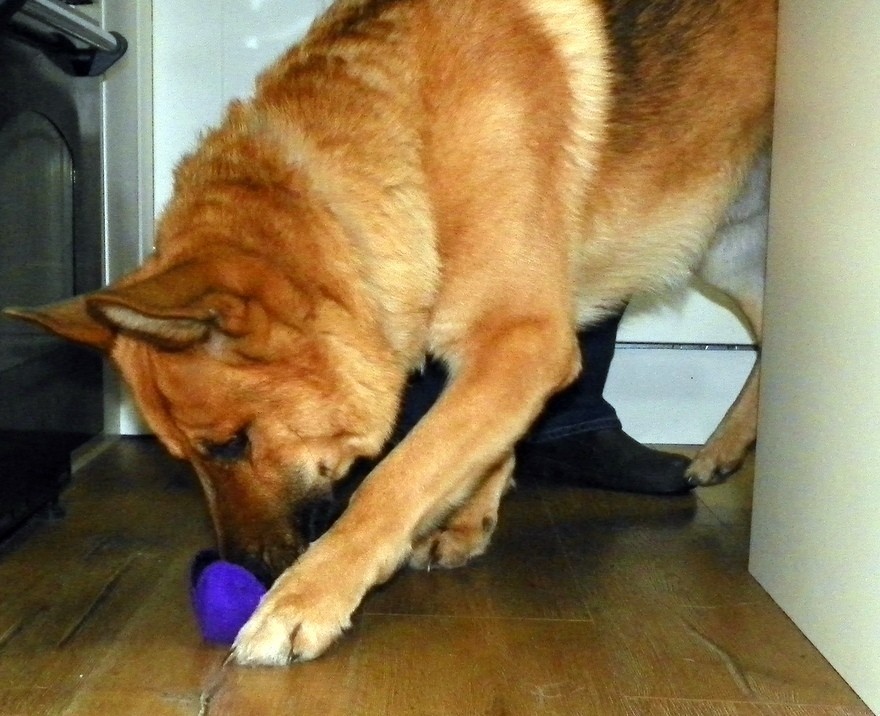



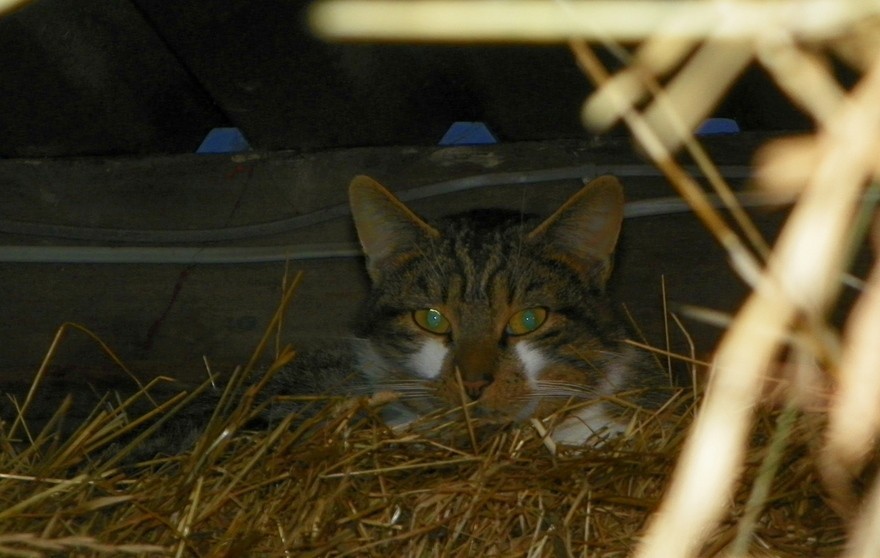

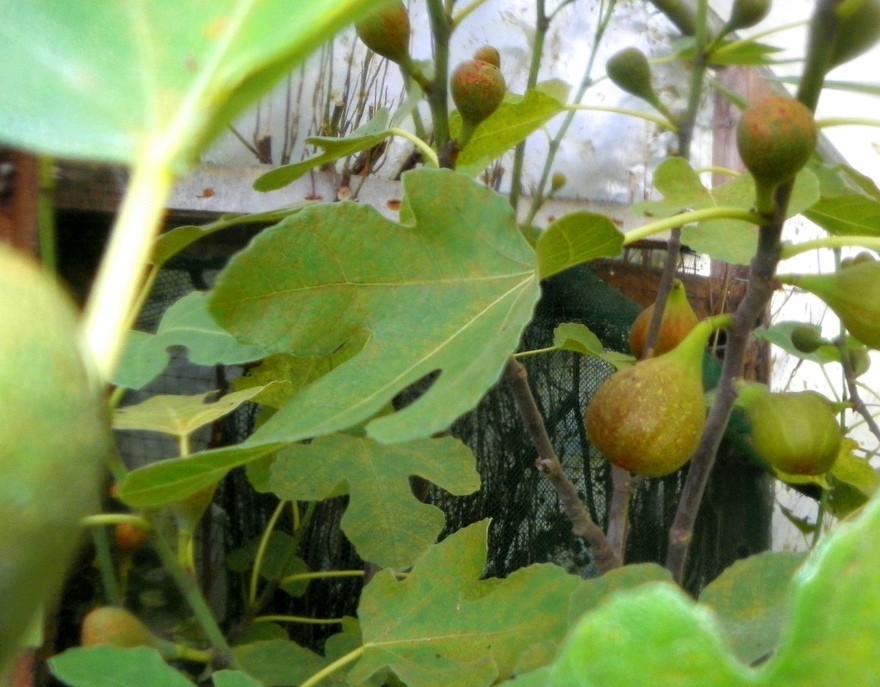

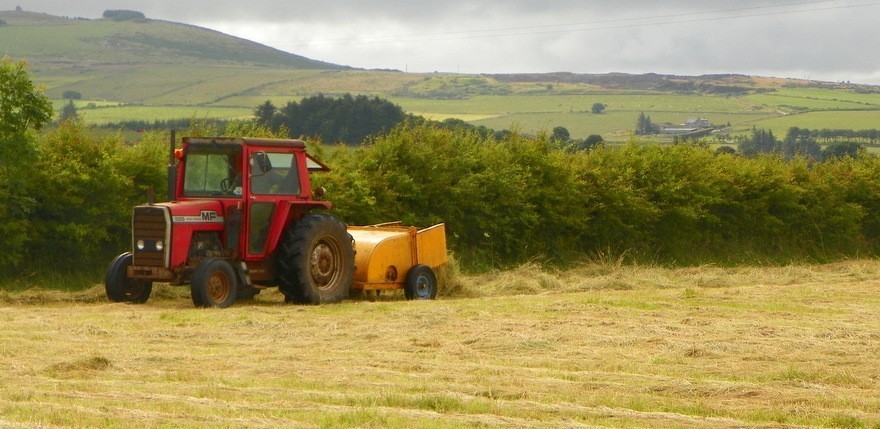
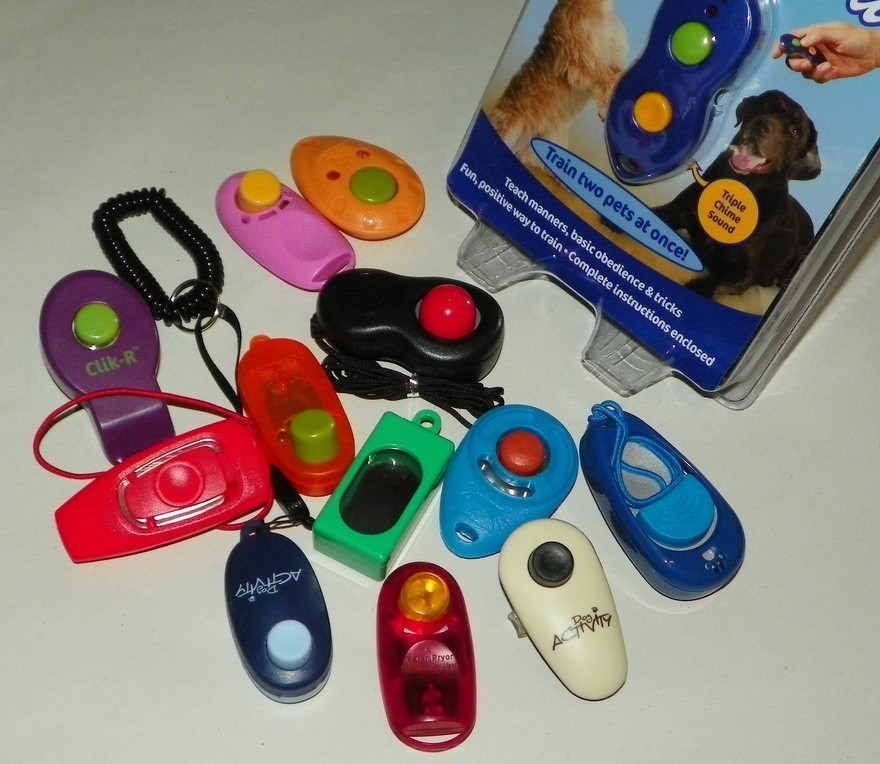
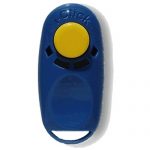 clickers now available can be confusing. They come in all shapes and sizes, have different sounds and there are a variety of different attachments that can be used with them.
clickers now available can be confusing. They come in all shapes and sizes, have different sounds and there are a variety of different attachments that can be used with them.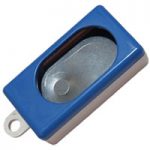 Shaped like a small rectangular box with a metal tongue. This is probably what some may call the original clicker. You hold it in your hand and depress the metal plate with your thumb. It gives a lovely, clear and loud click which is its big plus point. However, there are some minuses. It’s not very ergonomic, so doesn’t fit in your hand comfortably, only one end of the metal plate moves so you have to ensure you are holding it correctly as it’s very easy to miss that perfect moment. Excellent for use outdoors or in a noisy environment, it comes in a wide range of colours and usually has a small tab on the end so you can attach it to a wrist coil or lanyard.
Shaped like a small rectangular box with a metal tongue. This is probably what some may call the original clicker. You hold it in your hand and depress the metal plate with your thumb. It gives a lovely, clear and loud click which is its big plus point. However, there are some minuses. It’s not very ergonomic, so doesn’t fit in your hand comfortably, only one end of the metal plate moves so you have to ensure you are holding it correctly as it’s very easy to miss that perfect moment. Excellent for use outdoors or in a noisy environment, it comes in a wide range of colours and usually has a small tab on the end so you can attach it to a wrist coil or lanyard.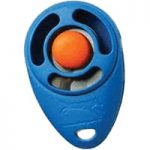 and crisper than the i-Click, but not quite as loud as the box clicker. It is a tear-drop shape and fits comfortably into the hand. Again, attachments can be used with this clicker.
and crisper than the i-Click, but not quite as loud as the box clicker. It is a tear-drop shape and fits comfortably into the hand. Again, attachments can be used with this clicker.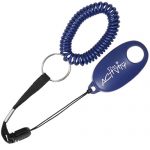 An ergonomically designed push button clicker, with wrist coil and detachable strap. It has a more muted sound than all of the other clickers, but is still perfectly audible to your dog and may be more suitable for sound sensitive animals. Probably best used in a quieter environment.
An ergonomically designed push button clicker, with wrist coil and detachable strap. It has a more muted sound than all of the other clickers, but is still perfectly audible to your dog and may be more suitable for sound sensitive animals. Probably best used in a quieter environment. finger band, it also comes complete with a neck lanyard and training guide written by professional behaviourist Claire Arrowsmith. It feels robust and has a good loud click.
finger band, it also comes complete with a neck lanyard and training guide written by professional behaviourist Claire Arrowsmith. It feels robust and has a good loud click.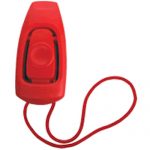 The WhizzClick is unique in that is combines both a clicker and whistle in one device. It has a flat plastic button which can only be depressed at one end, so, rather like the box clicker, you have to ensure it is the correct way round before clicking. With the built in whistle it does offer additional training options. Comes complete with a wrist attachment and training guide. Developed by Stephen King.
The WhizzClick is unique in that is combines both a clicker and whistle in one device. It has a flat plastic button which can only be depressed at one end, so, rather like the box clicker, you have to ensure it is the correct way round before clicking. With the built in whistle it does offer additional training options. Comes complete with a wrist attachment and training guide. Developed by Stephen King.